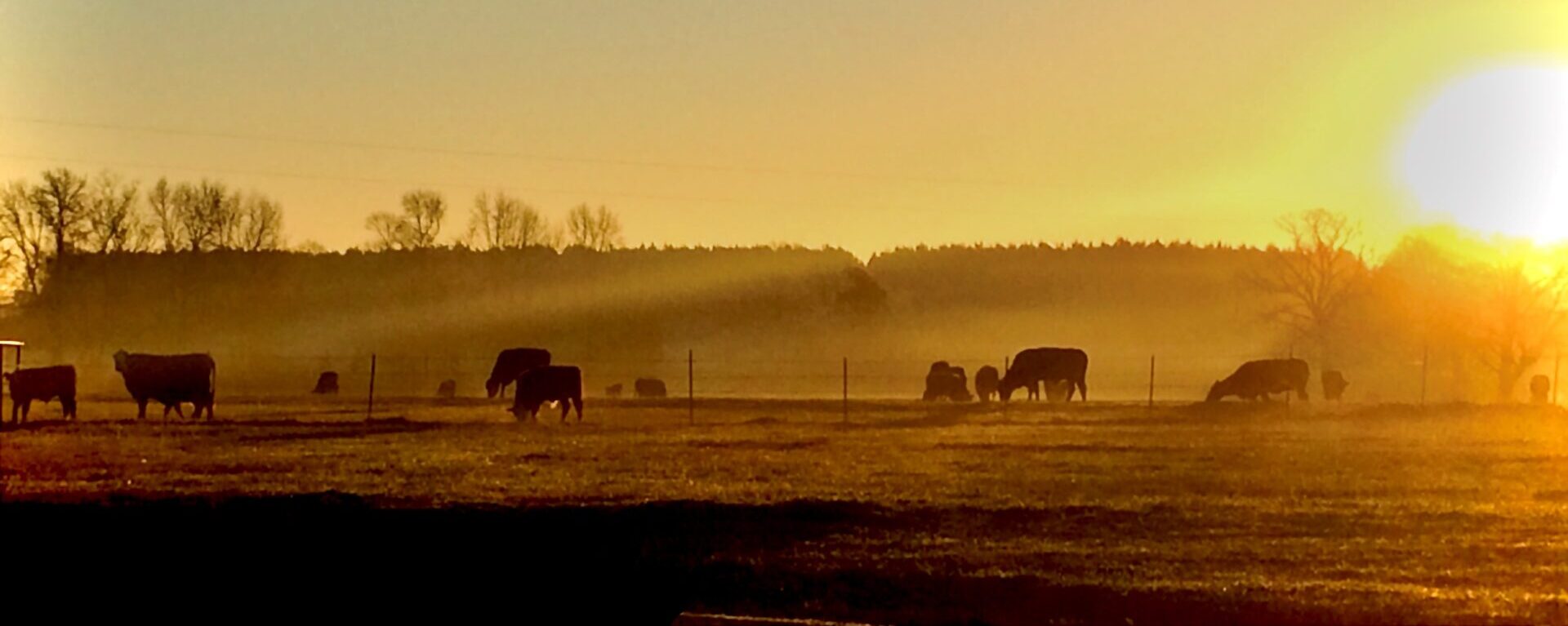
Agricultural Exemptions in Texas: What You Need to Know
If you own rural property in Texas or you’ re looking for land to purchase, you’ve probably run across the term “ag exemption” But what is an ag exemption? For starters, it’s not actually an exemption — it’s a special valuation.
Essentially, it means agricultural landowners may have their property taxes calculated based on the productive agricultural value of the land, as opposed to the land’s market value. Ag valuations can equate to significant tax savings for landowners and help keep land in production.
If a property’s ag exemption, or valuation, is lost, the current or new owner may be responsible for 3 to 5 years of rollback taxes including interest. This can be a huge financial burden for brand-new landowners — which is why we help our borrowers keep their valuations
Download our guide here or read below for more frequently asked questions and how you can qualify.
FAQ’s
Ag exemption requirements vary by county, but generally you need at least 10 acres of qualified agricultural land to be eligible. Check with your county to verify.
To qualify, the land must have been used for agricultural purposes for at least 5 of the last 7 years, and it must be in ag use currently. Agricultural purposes include crop and livestock production, beekeeping and similar activities. Many counties have minimum acreage requirements. Some also consider the degree of agricultural intensity.
How much tax money you can save with an ag exemption depends on many factors, including the specific type of ag valuation and the land’s market value. Eligibility requirements and tax rates differ by county, so there is no one-size-fits-all calculation. However, in most cases the savings are well worth the effort to meet the requirements.
Cattle, sheep, goats and bees typically qualify for special ag valuation. However, each Texas county has its own rules. To understand your specific opportunities, contact the appraisal district in which your property is located.
In Texas, the number of cattle or other livestock needed to qualify for a special ag valuation is based on the intensity standards for each appraisal district. The intensity standards are typically defined as the number of acres of land needed to sustain a grazing animal unit. (In most cases, one cow, five sheep or five goats are considered a unit.) The amount of acreage deemed adequate for an animal unit varies by geographic location in Texas, due to average rainfall amounts, among other factors.
How to Qualify:
- Special ag valuations apply only to the land, roads, ponds and fences used for agricultural production. (Barns, storage tanks, etc. are assessed at market value.)
- Active agricultural production must be taking place currently.
- The primary use of the land must be agriculture.
- Agriculture production must meet the degree of intensity generally accepted in the county.
- Land must have been devoted to a qualifying agricultural use for at least 5 of the last 7 years. (On property inside city limits, ag production must have occurred for 5 of the last 5 years.)
- The landowner must file a timely and valid application with the appraisal district.